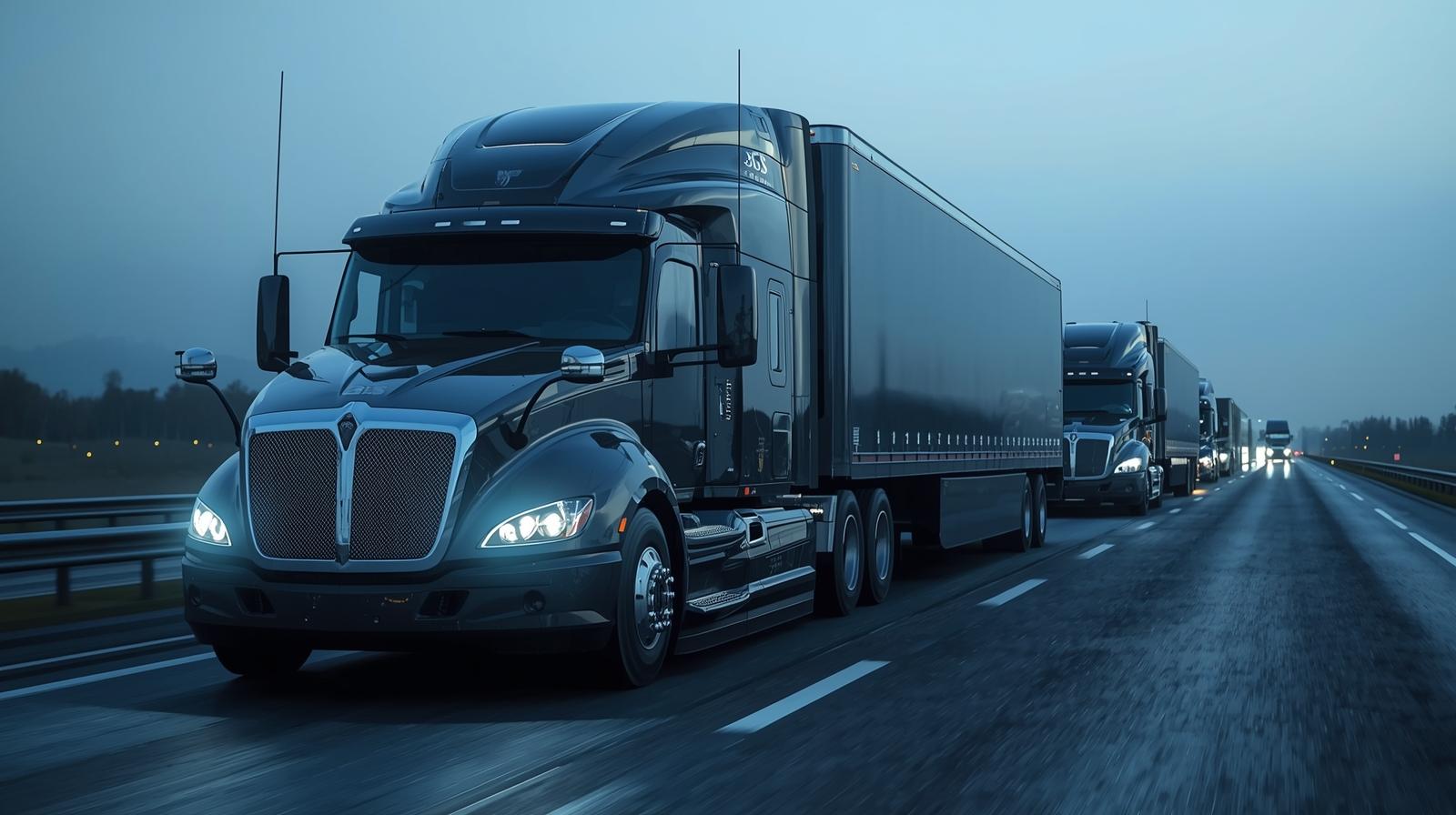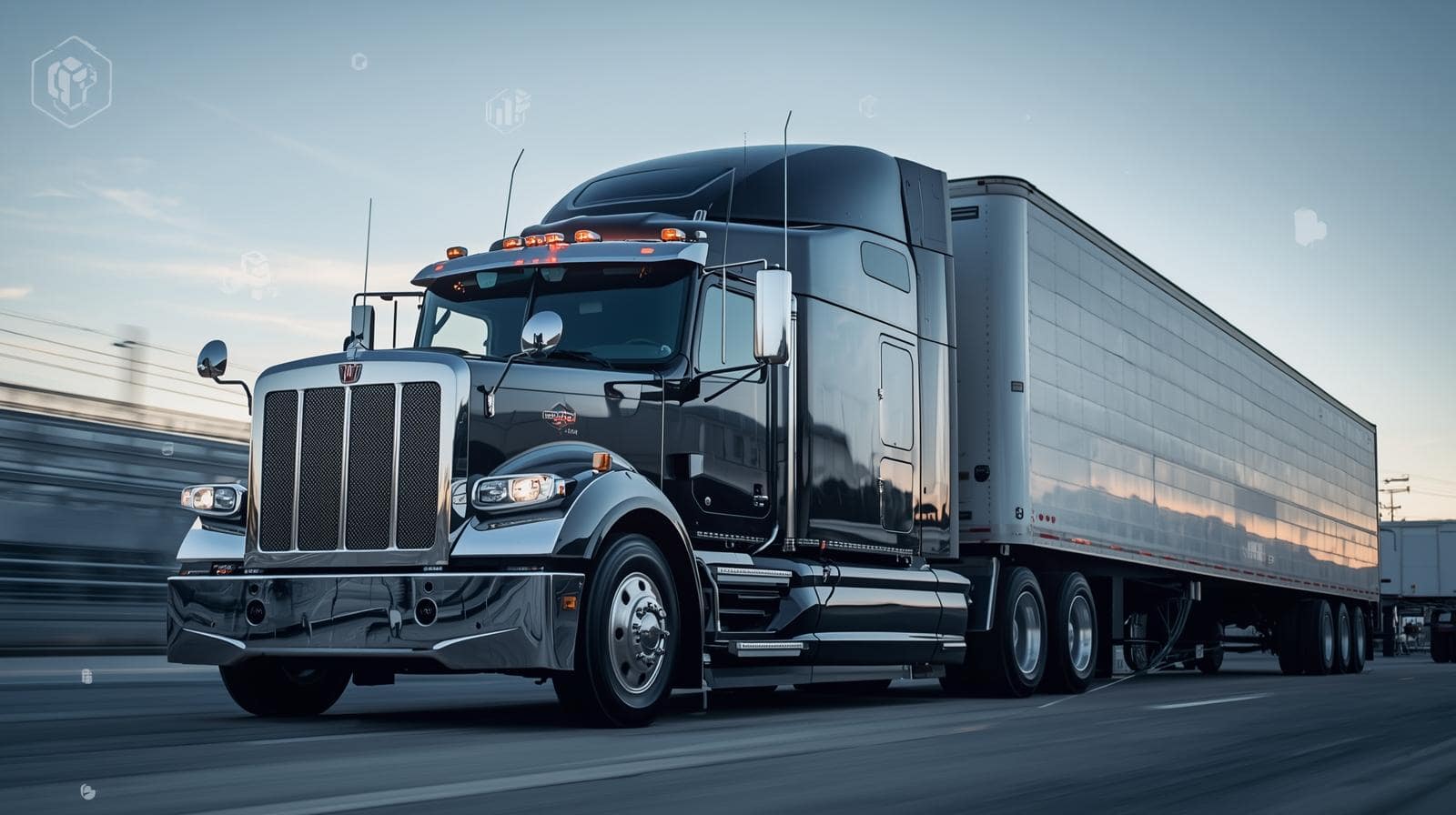Contents
Artificial intelligence has quietly become the most reliable co-pilot in modern logistics. Fleet accountability is no longer a matter of reacting to errors but of predicting and preventing them before they disrupt operations. AI compliance monitoring represents that evolution, transforming a flood of data into meaningful, real-time decisions that keep fleets safer, leaner, and more transparent.
AI systems now connect every digital nerve of a fleet — electronic logging devices, GPS modules, telematics sensors, and maintenance records — into one living network. Each byte of information reveals operational health: how well a vehicle performs, how rested the driver is, or how close the team is to breaching a regulation. Instead of reading reports after the fact, managers now see live stories unfolding mile by mile.
How AI is Transforming Fleet Accountability
Machine learning algorithms take this data further. They correlate fatigue indicators, speed patterns, and environmental conditions long before they develop into incidents. By spotting early warning signs, AI empowers managers to act ahead of failures, reducing accidents, violations, and unscheduled maintenance. Preventive action becomes part of the system’s DNA, not a lucky reaction to warning lights.
AI compliance monitoring also eliminates inconsistency. Hours-of-Service (HOS) rules, inspection requirements, and maintenance schedules become automated workflows rather than manual chores. The platform instantly alerts when limits approach risk levels, ensuring drivers and vehicles stay compliant around the clock. What once required constant spreadsheet updates and oversight now happens through self-learning automation.
Transparency defines this new era of fleet governance. Real-time dashboards and verifiable data logs allow regulators, fleet managers, and drivers to share a unified source of truth. Nothing remains hidden or subjective — each event, status, and correction is time-stamped and traceable. This clarity builds confidence at every level of logistics, from the warehouse to the highway.
The Human Side of AI-Driven Compliance
For drivers, AI technology replaces stress with structure. It automates digital logs, signals rest alerts, and removes the guesswork of compliance paperwork. Drivers can focus entirely on the road, knowing the system protects their records and reputations automatically.
For fleet owners, the advantages multiply: fewer fines, improved fuel efficiency, lower maintenance costs, stronger insurance ratings, and higher client trust. Profitability and safety stop being opposites and start working as partners. The smarter the compliance system, the more resilient the operation becomes.
At Ezlogz, AI compliance monitoring is more than a digital upgrade — it’s a philosophy of operational intelligence. Our goal is to make accountability measurable, predictive, and adaptive. By embedding AI into fleet oversight, we turn regulations into actionable data, helping transportation businesses evolve from reactive control to intelligent foresight.
The Strategic Value of AI Compliance
AI compliance technology provides a competitive edge. Fleets that leverage predictive analytics gain not just compliance accuracy but also operational agility. Every decision — from route optimization to maintenance scheduling — becomes data-backed and timely. This precision translates to fewer disruptions, stronger safety culture, and long-term cost efficiency.
AI also supports sustainability goals. By analyzing idle times, fuel consumption, and route patterns, it helps fleets minimize waste and reduce their carbon footprint while maintaining compliance with environmental standards. Smart regulation meets smart sustainability.
Key Benefits of AI Compliance Monitoring
| Benefit | Description |
| Predictive Safety | Anticipates mechanical issues, driver fatigue, and potential violations before they escalate. |
| Real-Time Transparency | Provides instant visibility into fleet performance and compliance data for all stakeholders. |
| Automated Compliance | Tracks HOS, maintenance, and inspections without manual input. |
| Reduced Downtime | Identifies early risks to prevent breakdowns and costly delays. |
| Driver Support | Automates logs and alerts drivers to rest needs, ensuring safety and focus. |
| Operational Efficiency | Learns from patterns to improve route optimization, fuel economy, and time management. |
| Regulatory Adaptability | Adjusts automatically to new compliance laws or regional requirements. |
FAQ
What is AI compliance monitoring?
AI compliance monitoring is an intelligent system that automatically observes and analyzes fleet activity to ensure vehicles and drivers meet safety and regulatory standards. It turns live operational data into insights that help prevent risks before they occur.
How does AI detect compliance violations?
AI continuously reviews driver hours, diagnostics, and routes. When patterns suggest a rule breach — such as fatigue, skipped inspections, or speeding — the system sends alerts immediately. Each event strengthens its learning model, making future predictions more accurate.
Does AI compliance monitoring help drivers or just management?
Both. Drivers benefit from real-time fatigue alerts and automated logs that reduce manual work, while managers gain access to consistent, verified data that simplifies oversight and audit preparation.
Can AI replace traditional fleet compliance tools?
Yes, in most cases. AI unifies data tracking, reporting, and predictive analytics into one platform. It runs continuously, learning from conditions and adapting automatically — something static tools can’t achieve.
Is data privacy protected with AI monitoring?
Yes. Modern AI platforms apply encryption and access controls that comply with strict data protection standards. Personal driver data remains confidential and accessible only to authorized users.
How does AI compliance affect company costs?
The upfront investment pays off quickly. AI reduces regulatory fines, improves vehicle lifespan, and lowers fuel consumption. These combined efficiencies produce measurable savings and a faster return on investment.
Can AI compliance systems adapt to new transport laws?
Absolutely. AI-driven systems are modular and update dynamically. When laws change, they adjust compliance logic automatically to align operations with new regulatory standards.
What makes AI compliance monitoring essential for modern fleets?
It introduces accuracy, consistency, and predictability into every mile driven. Instead of managing problems reactively, fleets use AI to foresee them, protecting both drivers and assets while strengthening customer trust.
AI compliance monitoring is redefining how fleets think about accountability. It merges automation with human insight, turning every journey into a transparent, data-driven process. This shift is more than technological — it’s cultural. The industry is moving toward a future where every vehicle is connected, every rule is enforced automatically, and every mile reflects both safety and intelligence in motion.










